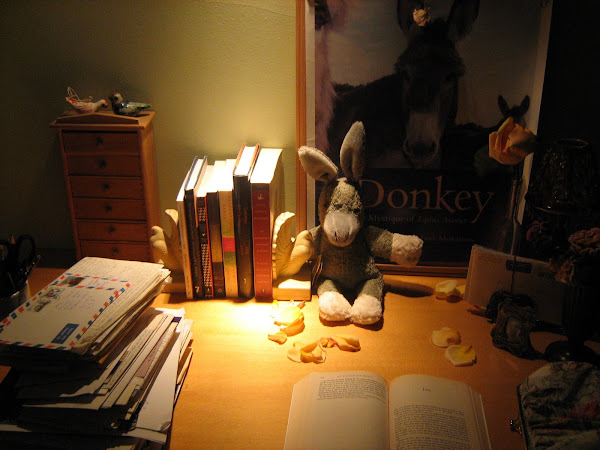The last time we visited, I talked a little about how learning practical things can improve one's writing. Upon reflection, I suspect that my belief in the usefulness of this tactic stems from my own long-ago experience as an anthropology student. At that time, I met a guy who was an experimental archaeologist. He knapped flint, tanned hides and furs (salvaged from roadkill), and at one point built his own paper-birch canoe and sailed it down the Connecticut River.
I was fascinated by this idea, of putting theoretical structures to physical proof--sure, we can build a scale replica pyramid using period techniques! We will just substitute grad students for slave labor!--because it seemed to me so very useful. So often, the stuff people tell us seems rational and reasonable, or alternately to cool not to be true, until a little research of experience reveals that the idea that so enamored us just isn't so.
Storytelling is sort of the same process in reverse. We're trying to build a lie that will hold up to the experience (and experiment) of the reader, lull her into believing and not questioning--and one way to support her suspension of disbelief in the big ticket items is to get the details right. Because once you get them wrong and get caught, the reader starts questioning everything.
Some readers, of course, so delight in catching the author in errors that they will invent them in they're not actually there in the text. They're beyond help: I recommend you just accept their foibles and let them have their fun.
The rest of us, though--we know that a scarlet tanager is red, and not blue. So if you show us a blue scarlet tanager, we need to be given a reason in the text to believe you, or you're going to have a tough road winning our trust back.
But if you've had everything right for twenty pages and then you show me that blue bird, I'm going to have some faith in you.
I think of Richard Adams, here, where in Watership Down he gets every detail of the landscape he lived in note-perfect, so perfect that talking rabbits don't throw me for a second.
Get the details right, in other words, and everything else follows.

No comments:
Post a Comment